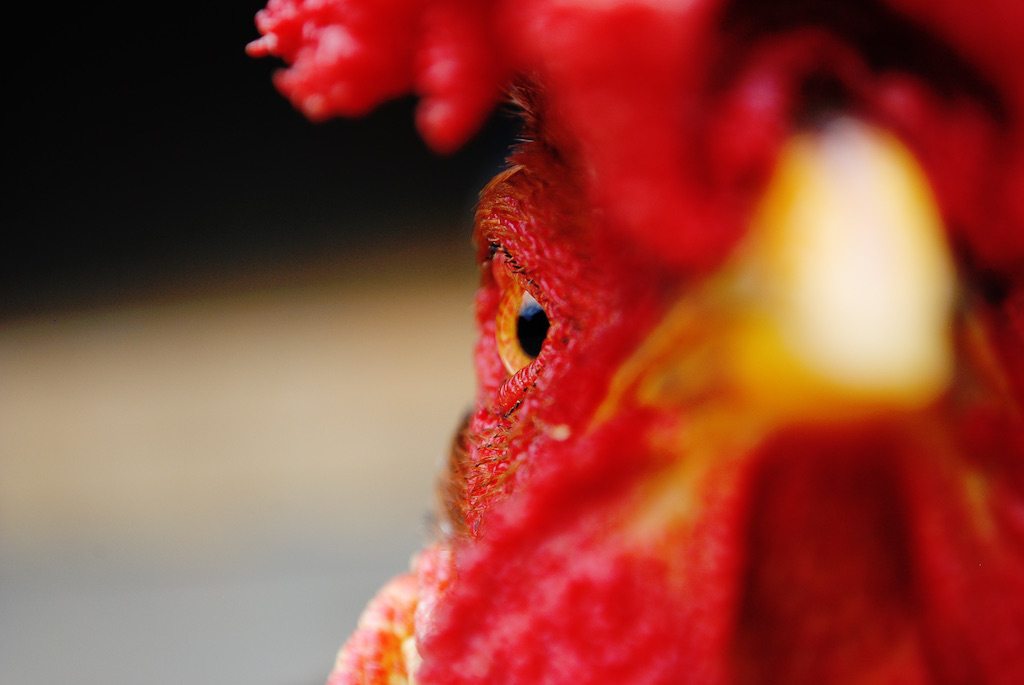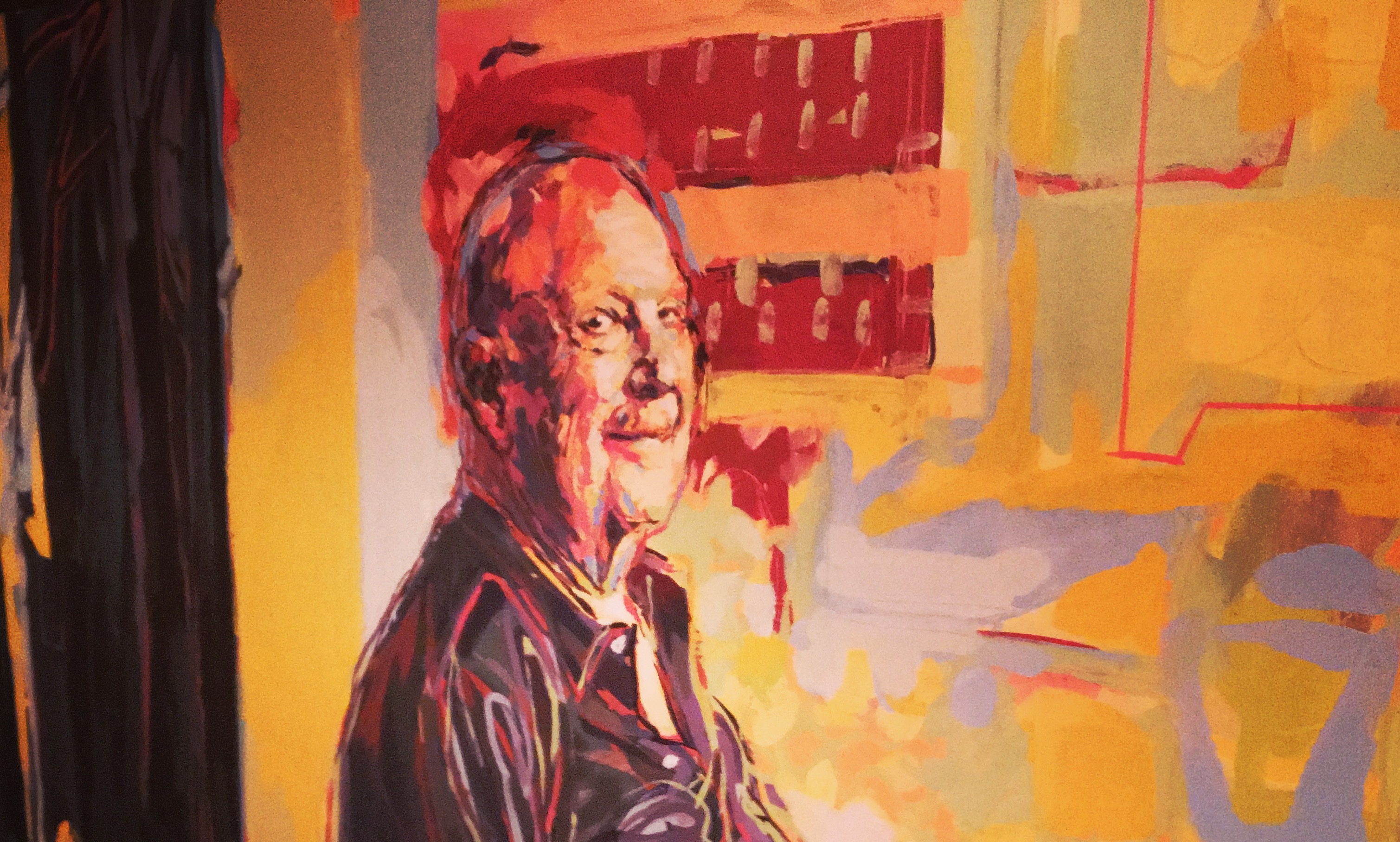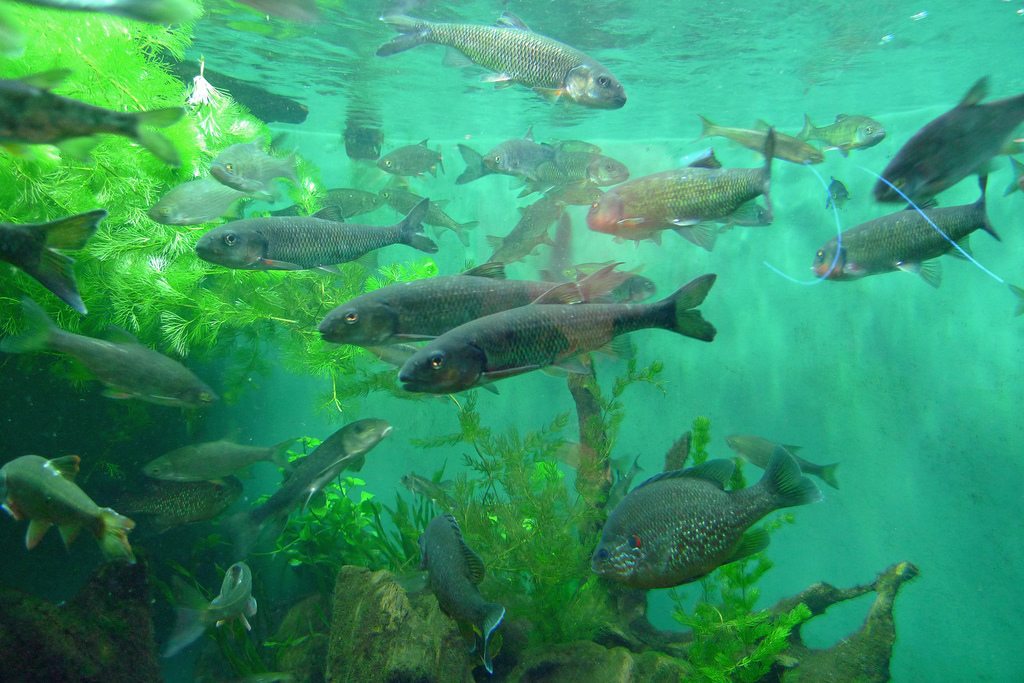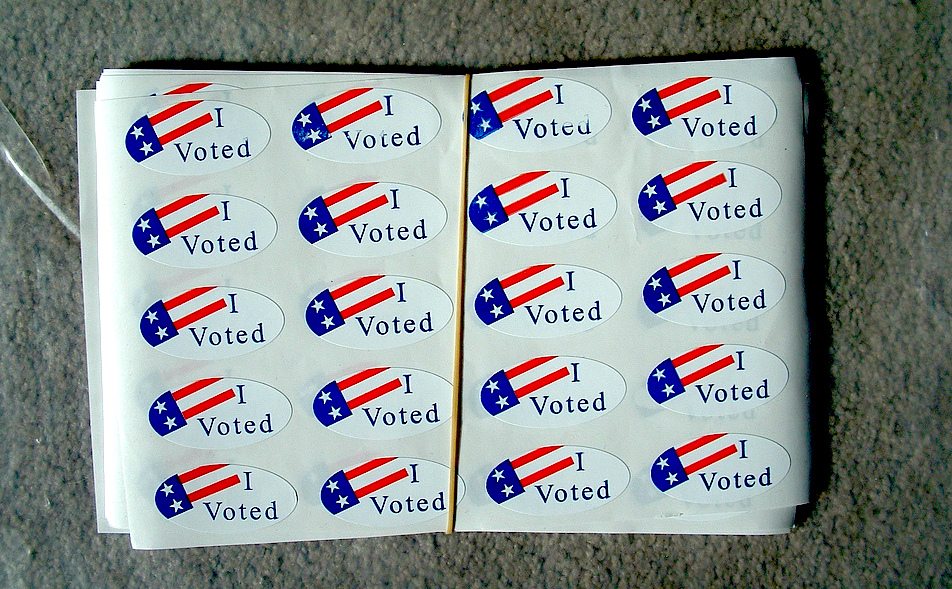Hundreds of years ago, Shakespeare popularized the idea that the eyes are windows to the soul. Flash forward to 2019, and scientists will be satisfied if eyes offer a peek into the brain.
As we recently reported, “zombie deer” disease, also known as chronic wasting disease (CWD), continues to spread into new areas. The sickness, a transmissible spongiform encephalopathy (TSE)—part of the same family of rare, fatal, neurogenerative disorders as mad cow disease—gradually eats away at the animals’ brains. It’s impossible to cure, difficult to detect, and researchers worry it could infect humans.
Now, scientists hope deer’s eyes might hold the key to detecting CWD-positive animals long before they start displaying zombie-like symptoms. It all starts with a retinal scan.
As we get older, yellow-brown pigment material called lipofuscin accumulates in our eyes. The older we get, the more lipofuscin we’re carrying around. And since lipofuscin can absorb and emit light, an LED shone on an old person’s eyeball is going to refract off a lot more particles than an LED shone on a baby’s eyeball. (Don’t try this at home: The blue light can damage human eyes.)
Mice, deer, cows, sheep, and goats all accumulate lipofuscin in their eyeballs, too. So an old mouse will have a shinier eyeball than a teen mouse when held under a fluorescent light. The same concept—more lipofuscin, bigger “fluorescent signature”—applies to animals with degenerative brain diseases. An illness like CWD speeds up the accumulation of lipofuscin, meaning a two-year-old buck with CWD is likely to have an abnormally bright fluorescent eye map.
In a 2010 paper co-authored with a team of Iowa State researchers, they wrote that using fluorescent spectroscopy in a retinal scan could in fact identify animals with TSEs like mad cow. The retinas of the infected animals, they found, “contain[ed] very bright regions of highly fluorescent material, which is suggestive of neurological damage as a result of disease.”
In other words, if you want to diagnose an animal with TSE, it doesn’t matter if it’s mad cow, CWD, or another disease. The eye is the best place to look.
“Our investigations … suggest that the retina is a most promising part of the eye for revealing spectroscopic signatures indicative of neurological disease,” they wrote. “The differences in total fluorescence due to disease status greatly exceed any differences that result from other factors, such as age.”
The technology, while promising, never made it into the mainstream. A large fast food chain showed interest in developing a portable version of the test, but grant money never came through and eventually the threat of mad cow disease mostly subsided.
For now, though, there are limitations. Some in the medical profession have pushed back, arguing that the test is too general. Who’s to say a deer’s elevated lipofuscin levels are symptomatic of CWD positivity and not some other eye disease?
In response, Rasmussen and Petrich emphasize that this test is meant to be used for fast early detection, not definitive diagnoses. (If your freshly hunted buck only possibly had CWD, we’re guessing you’d seek dinner elsewhere.) Ultimately, they envision rolling it out at testing stations so hunters can instantly spot-check their harvest. Possible matches would be flagged for further analysis, but healthy animals could be butchered without fear of contamination.
Then there’s the fact that Rasmussen and Petrich still currently have to dissect specimen animals to do the scan—dislodging the intact eyeball to remove the retina. A working prototype would be portable and could scan whole eyeballs (not just retinas). But developing it will take time and money. Petrich estimates a prototype could be completed in about six months if the project were funded.
“If you say a month to do something, usually that means adding another two on, so maybe if you take three months to build a prototype, to test it out, to make sure it’s really working, maybe half a year,” he says.
For now, the project is still on ice for lack of funding. Petrich says he’s had some preliminary interest from people in the deer farming industry, but nothing official has firmed up. In the meantime, they’ve been trying to drum up support with wildlife advocates. It’s a promising technology, but will never start screening deer if it doesn’t get built.
“No one has come out of the bushes with a checkbook,” Rasmussen laughs.










